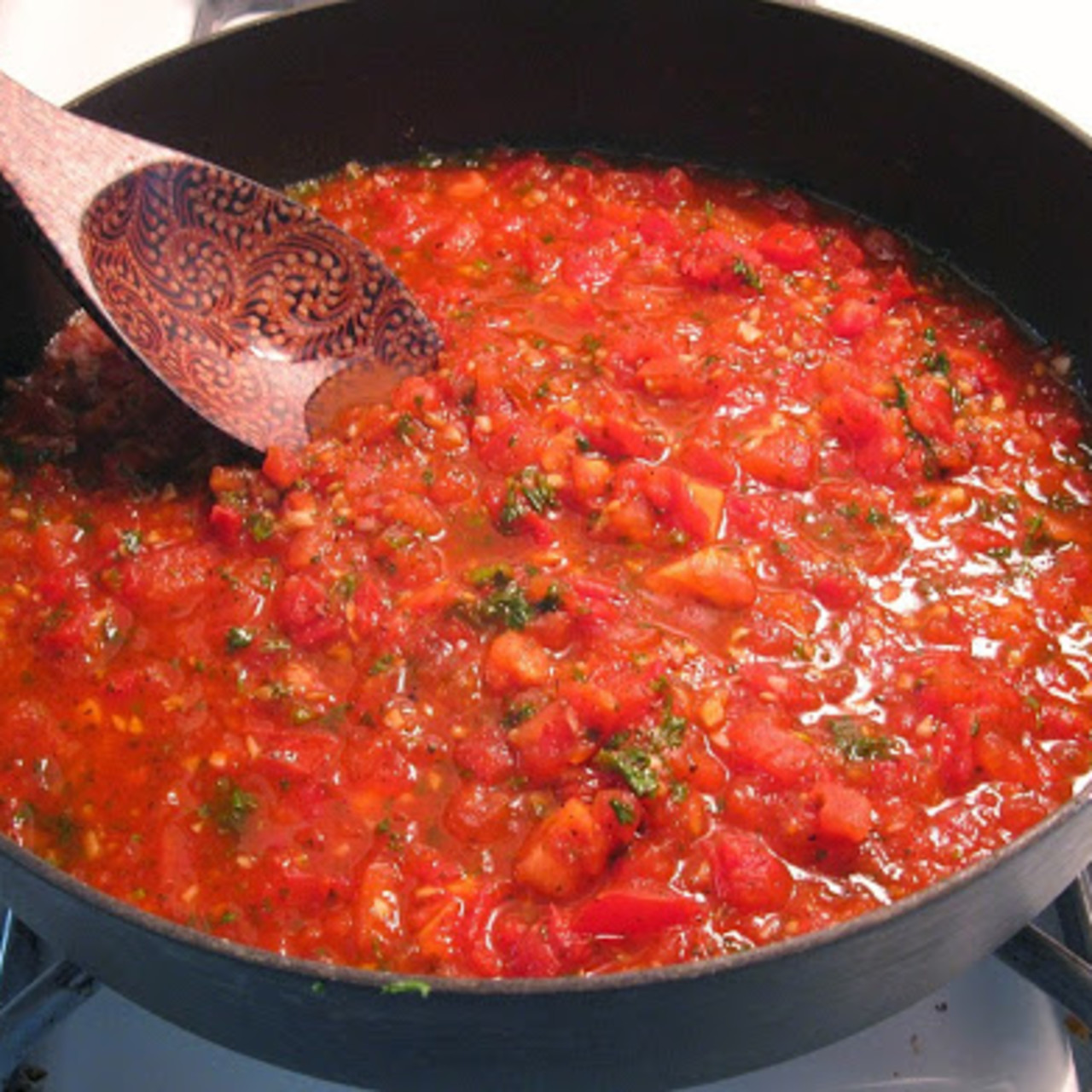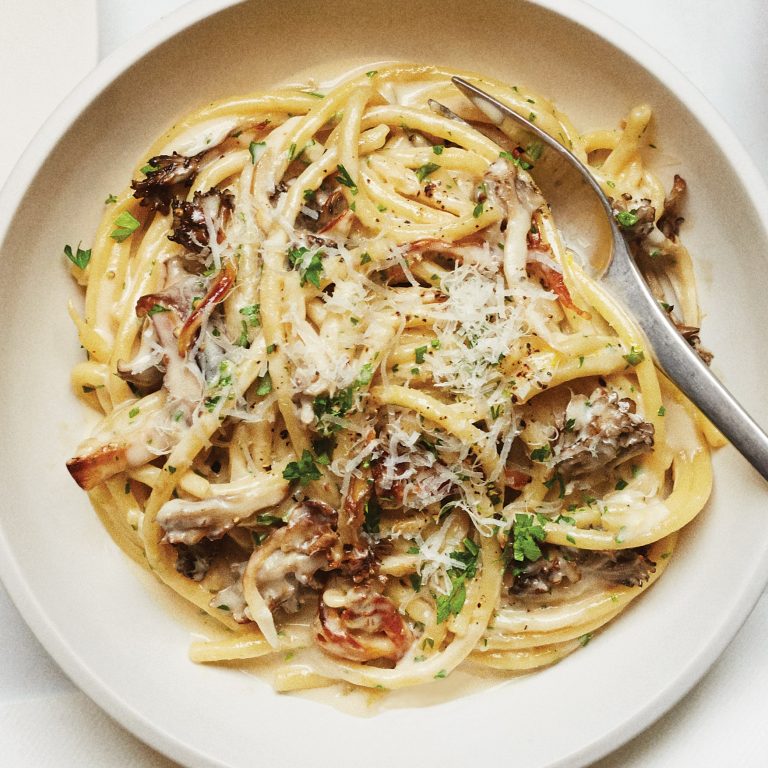Tomato Concasse: Elevate Your Dishes with This Essential French Technique
Tomato concasse refers to tomatoes that are peeled, seeded, and chopped. This classic French technique ensures a refined texture and concentrated flavor. You begin by blanching and shocking the tomatoes to remove the skins easily. Next, cut them into quarters and remove the seeds. Finally, dice the flesh into uniform pieces, yielding a versatile ingredient perfect for soups, sauces, and garnishes.
The Origin and Culinary Uses
Tomato concasse originates from classical French cuisine. Chefs utilize this technique to elevate dish presentation and taste. In Mediterranean cuisine, tomato concasse often appears in bruschetta, ratatouille, and pasta sauces. Additionally, it complements proteins like fish and chicken, enhancing the dish’s overall flavor and texture. By incorporating tomato concasse, you add a professional touch to your culinary creations.
Preparing Tomato Concasse
Selecting the Right Tomatoes
Choose ripe, firm tomatoes to make tomato concasse. Opt for plum or Roma tomatoes because they have fewer seeds and a meatier texture. Tomatoes should have a deep red color and smooth, unblemished skin. Avoid overripe or mushy tomatoes as they lack the necessary firmness.
Necessary Tools and Ingredients
Gather the essential tools and ingredients before starting:
- Tools:
- Paring knife: Ideal for peeling and removing stems.
- Cutting board: Provides a stable surface for chopping.
- Bowl of ice water: Used for blanching tomatoes.
- Slotted spoon: Helps transfer tomatoes from boiling water to ice water.
- Saucepan: For boiling the tomatoes.
- Ingredients:
- Tomatoes: The main ingredient, typically 4-5 ripe tomatoes.
- Water: To be brought to a boil for blanching.
- Salt: Optional, for seasoning.
Proper preparation ensures efficient execution.
Step-by-Step Guide to Making Tomato Concasse
Blanching and Peeling Tomatoes
Begin by setting a saucepan of water to boil. Make a small “X” incision at the bottom of each tomato using a sharp paring knife. Prepare a bowl of ice water to halt the cooking process. Once the water boils, place tomatoes into the saucepan using a slotted spoon. Blanch them for approximately 15–30 seconds. Transfer the tomatoes immediately into the ice water. Once cooled, the skin peels off easily from the “X” incision. Ensure all skin is removed for a smooth texture.
Seeding and Dicing
Cut tomatoes in half horizontally. Use a small spoon to gently remove seeds and excess juice, keeping the flesh intact. Discard the seeds and liquid. Once seeded, lay each tomato half flat on the cutting board. Dice the tomatoes into uniform pieces. Aim for even, small cubes for consistent texture in your dish.
Tips and Tricks for Perfect Tomato Concasse
Achieving the Right Texture
Use ripe, firm tomatoes to ensure the best texture for your tomato concasse. Avoid overripe tomatoes—they result in a mushy texture. To dice uniformly, use a sharp knife to prevent squashing the tomatoes. Ensure even cuts for a consistent texture. Remove all seeds to avoid excess water in the final product, which could compromise the texture.
Flavor Enhancements
Choose high-quality tomatoes for a rich flavor profile. Plum tomatoes are ideal due to their lower water content and robust flavor. For a slight sweetness, add a pinch of sugar while cooking the concasse, or for a more complex flavor, incorporate finely chopped garlic and onions. Fresh herbs like basil or thyme can provide an additional layer of aroma. Adjust salt and pepper to taste, and consider a touch of olive oil for added richness.
Applications in Recipes
Classic Dishes with Tomato Concasse
Tomato concasse enhances many classic dishes, infusing rich flavor and refined texture. In Ratatouille, it adds a fresh, tangy flavor that complements the other vegetables. For Bruschetta, spread tomato concasse on grilled bread, seasoned with basil and olive oil, resulting in a delightful appetizer. When making a Provençal sauce, incorporate tomato concasse for a bold, aromatic sauce to elevate roasted meats and fish.
Innovative Uses in Modern Cuisine
Modern cuisine’s creative recipes benefit greatly from tomato concasse. Use it as a base for a vibrant gazpacho, blending with cucumbers, peppers, and garlic for a refreshing cold soup. In vegan dishes, tomato concasse pairs well with grains like quinoa or farro, adding depth and flavor. For a unique pizza topping, combine it with goat cheese and arugula, enhancing the pizza’s taste profile.
Conclusion
Mastering tomato concasse opens up a world of culinary possibilities. By following the steps to peel, seed, and dice tomatoes, you can create a smooth, flavorful base for a variety of dishes. Experiment with different ingredients and seasoning adjustments to find your perfect balance. Whether you’re enhancing a classic Ratatouille or adding a modern twist to vegan dishes, tomato concasse is a versatile component that can elevate your cooking to new heights. Embrace its rich heritage and innovative potential to make your meals truly memorable.






